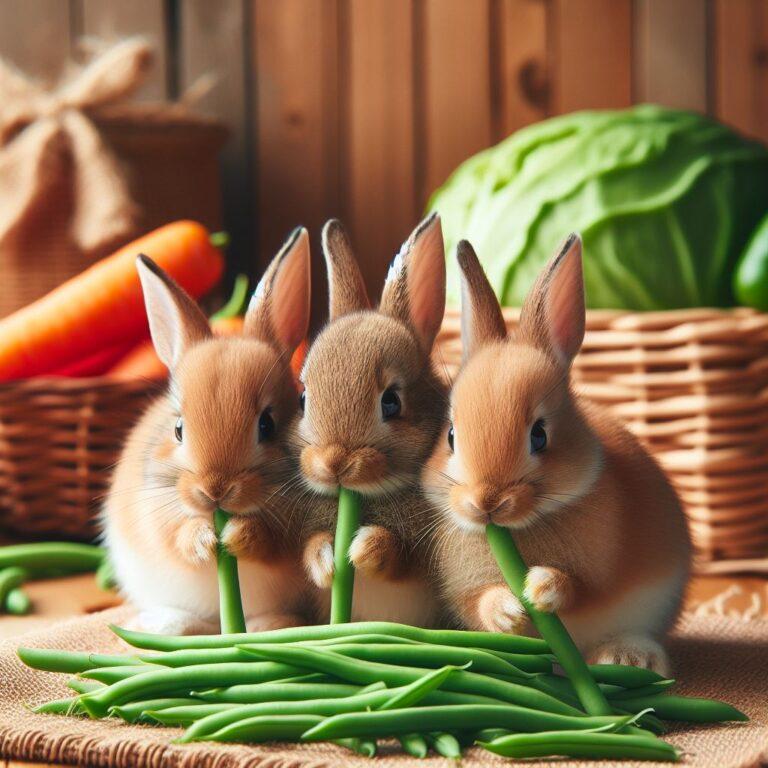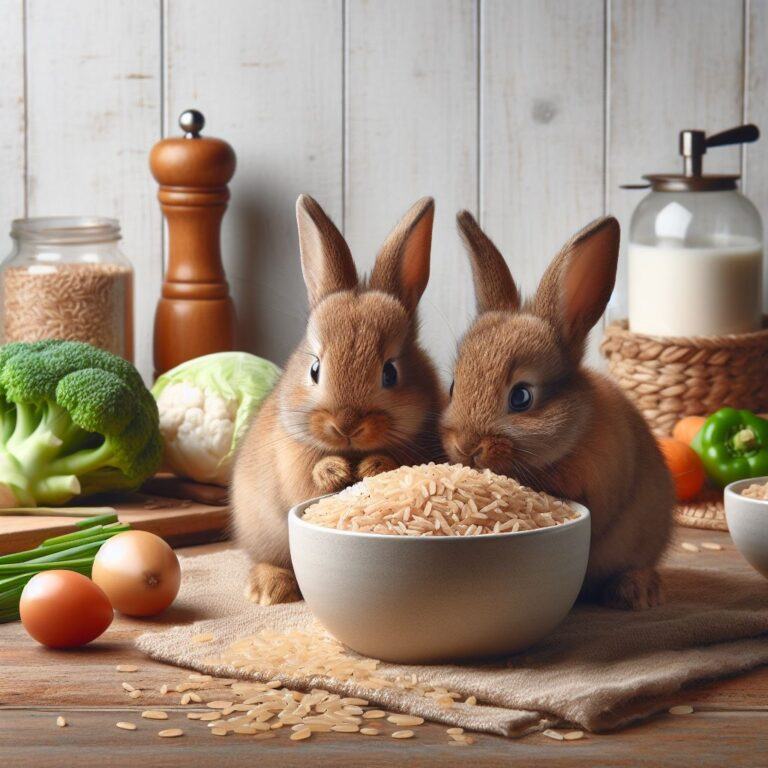Can Rabbits Safely Eat Hay
Yes, rabbits can safely eat hay, and they absolutely should. Hay is a fundamental component of a rabbit’s diet, necessary not just for the roughage to aid in digestion, but also for providing essential nutrients. It’s high in fiber, which is critical for maintaining a rabbit’s digestive health, and it contributes to dental health by helping wear down a rabbit’s ever-growing teeth.
Hay is extremely important for rabbits. It’s low in calories but rich in vitamins and minerals that support a rabbit’s overall well-being.
Different types of hay offer variations in nutrition, for example, timothy hay is typically recommended due to its optimal fiber-to-protein ratio.
Hay isn’t just about nutrients though. Providing hay for rabbits to forage on mimics their natural behavior in the wild and supports their mental well-being.
Chewing on hay keeps them engaged and helps prevent boredom, which in turn can ward off behavior problems.
As I mentioned, ensuring rabbits have constant access to fresh hay also supports the natural wear of their teeth.
Dental issues can become serious health concerns in rabbits, and the fibrous texture of hay requires them to chew extensively, which helps maintain dental health.
Next, we will look into practical advice on introducing hay to your rabbit’s diet effectively. From portion sizes to the quality of hay, I’ll cover everything to ensure that hay becomes a staple in your rabbit’s daily routine.
How to Introduce and Serve Hay to Your Rabbit
Integrating hay into your rabbit’s diet should be a straightforward process, but it requires some know-how. Start by knowing your rabbit’s size and age since this dictates the amount of hay they need.
Young and smaller breeds generally require less hay, but it should still constitute the bulk of their diet.
When it comes to serving hay, maintain a simple routine, and ensure hay is always available. A rabbit’s digestive system needs constant fuel, and hay provides that.
Stored correctly, in a cool, dry place, hay retains its quality and nutritional value much longer.
Select high-quality hay with care. Look for hay that’s green and smells fresh, as it indicates high nutrient content and better digestibility.
The presence of dust, mold, or a musty odor is a sign of poor quality and can harm your rabbit.
Avoid the common mistake of over-relying on commercial pellets or treats.
While they can be part of a rabbit’s diet, hay offers the fiber necessary for optimal gut health, which other food types cannot match. Overfeeding on alternatives can lead to obesity and dental issues.
Some rabbits might initially resist hay, especially if they’re not used to it. Encourage them gently by mixing in a little bit of the hay they prefer, gradually increasing the new hay’s proportion over time.
Patience is key and any changes in diet should be incremental to avoid digestive distress.
Recognizing and Addressing Hay Allergies in Rabbits
Rabbits are naturally inclined to chew on hay, but sometimes they might show adverse reactions. Rabbit owners need to recognize the signs that may suggest a hay allergy.
Symptoms such as consistent sneezing, runny eyes or nose, or respiratory difficulty should prompt further investigation.
It isn’t always straightforward to tell if these symptoms indicate an allergy or are part of normal rabbit behaviors.
For example, a small amount of sneezing is normal for rabbits. If it’s persistent and accompanied by other symptoms, an allergy could be the culprit.
If you suspect your rabbit has a hay allergy, consult your veterinarian for advice. They can help determine if it’s an allergy or another health issue.
Meanwhile, you can explore alternative fiber sources like grass pellets or leafy greens such as spinach or lettuce to maintain your rabbit’s dietary fiber intake.
Should your rabbit indeed be allergic to hay, it doesn’t mean they can’t enjoy a healthy diet. With guidance from your vet, you’ll find suitable alternatives that provide the necessary nutrients.
Prevention is equally as crucial as treatment. Keeping the rabbit’s environment clean and monitoring for dust or mold in hay can help mitigate allergy risks.
Choosing dust-extracted hay or different types of grasses that produce less dust can also have a positive impact on preventing allergic reactions.







